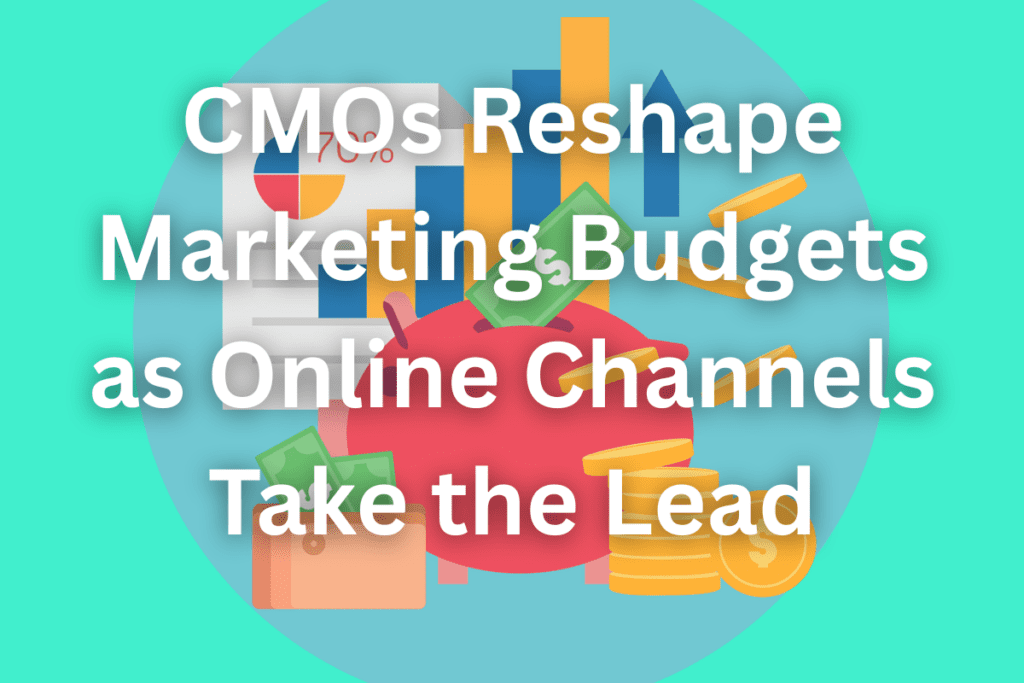The market for used cars has been on a stunning run for 37 straight months, and it shows no signs of slowing down. In fact, according to the latest Retail Price Index from Auto Trader, the market enjoyed its biggest boom in 18 months in April 2021.
That is excellent news for sellers but concerning for buyers who may be wondering why prices continue to go up. This blog post will explore the factors driving the rise of used car prices and what it means for the automotive industry and consumers.
What factors are causing a rise in used car prices?
There are several factors that are impacting the rising prices of used cars. These are:
Supply Chain Disruptions:
Supply chain disruptions are a key factor in driving up the prices of used cars. The automotive industry is facing a ripple effect caused by a deficiency of semiconductor chips, which are responsible for powering various systems in cars.
The decrease in new car sales, which drastically slowed due to limited production by auto manufacturers, has led to a rise in demand for used cars.
Higher Transactional Prices:
The increasing prices of new cars are also contributing to the rise in used car prices. Automakers are equipping new vehicles with more features, driving up the average price of a car.
Therefore, many buyers are choosing to purchase used cars, instead of new ones, because of the trend of lower transactional prices.
Consumer Behaviour Change:
People’s buying habits have been greatly affected by the rise in the cost of living, making it increasingly more difficult for them to afford expensive items, like a new car.
Due to the current uncertain situation, lots of buyers are a lot more hesitant to make expensive purchases,aAs a result, they are considering used vehicles as a practical and affordable alternative.
Financing Assistance:
The improved availability of financing options is also a contributing factor to the increase in used car prices. Lenders are now more open to offer financing to buyers of used cars due to the historic low interest rates, compared to their reluctance in the past.
Furthermore, due to the affordability factor, people are more inclined towards buying used cars instead of brand new ones, which makes it comparatively simpler to obtain financing for the purchase of a used car.
Short-Term Solution:
The industry has faced both benefits and difficulties due to the increase in used car prices, but this trend may not continue for a long time.
The shortage of inventory, resulting from restricted production of new cars, is expected to be resolved as manufacturers work towards fulfilling their backlog orders.
This means that prices will eventually normalise and previous used car buyers will potentially be able to find more competitive deals for new cars.
I start with an update on the $TSLA used cars with 2022 build dates, on the Autoscout24 platform covering 9 European countries.
— The Naked Caller (@CallerNaked) May 24, 2023
The price cuts in JAN 2023 burned buyers in Q3 and Q4 betting on rising prices and backlog to flip cars, so they dumped them on the used car market. pic.twitter.com/In7E4FpT5k
How is growth being held back?
Dealers have been worried about the drop in value of pre-owned electric vehicles (EVs) in recent times. It was reported in April that Car Planet, a car supermarket group, has decided to no longer stock used electric cars as they believe them to be high risk. A panel of independent dealers at a Car Dealer Live conference in Gaydon also expressed similar sentiments.
According to Auto Trader’s data, the growth of the overall market has been hindered by issues related to used electric vehicles. The current average price for a used electric car on Auto Trader is £31,517, which is a decrease of 18.1% compared to last year. On the other hand, the average cost of a previously owned petrol car, £16,265, and diesel car, £16,630, increased by 4.8 and 3.3 per cent respectively.
It has been seen that EV prices on the used car market have been dropping every month in 2023. This is mainly because there are more EVs available for sale, with a 246% increase in supply. However, demand only grew by 33% in April.
Conclusion
The recent rise in used car prices is a sign of the times. Supply chain disruptions, higher transactional prices, consumer behaviour change and financing options have all played their part in driving up demand for used cars.
Though short-term solutions may exist to ease the burden on buyers, the industry must find ways to address wider concerns surrounding used EVs, which are currently holding back overall growth. This will be key if the used car market is to continue to thrive in the coming months and years.
The future of the used car industry looks bright, but it may not remain so without swift action. With proactive measures taken by both manufacturers and dealers, the used car sector can continue to be a reliable source of automotive solutions for buyers.
Only time will tell how the market responds and whether or not these steps result in sustained growth. Though, regardless of the outcome, used car prices are expected to remain high for the near future.









